|
Ah, mulch.
Mulch is the collective noun for material that evolves into actual soil. It's organic material (leaves! bark! wood-chips!) that gets defined by function: it's used to protect tender plants, and add good stuff to the soil. By etymology, it comes from a word for "soft." Wood chips are my preferred mulch at the Farm.
It's super-neat-o how it works: you apply a layer of wood chips around the base of your plant.
It smothers weeds and –– rather faster than you might imagine –– the mulch turns into rich, light soil in a sweet ring around around young fruit trees and asparagus. The mulch provides extra insulation over the winter, and gives emerging plants a little additional opportunity to stay safe in the chancy spring weather.
Where else to pitch coffee grounds and carrot peelings and used chicken bedding from the neighbors' coop?
Where else to pile grass clippings and weeds? I took an actual composing class a few years ago. I'm not an expert, though I am a believer. Long story short: a smart gardener just keeps heaping stuff onto the compost pile, turning it from time to time, and using the finished, good-looking stuff from the bottom of the pile to improve the soil under the plants. Lucky for my trees, a friend had an enormous pile of chipped tree –– the remains of a big ole maple –– to share for mulching purposes. Truckload by squatting truckload, we've conveyed chips to the farm over the past couple of years. I used square yards of it to coddle my young trees and the asparagus. A few chips made it into the compost heap, along with mule-loads of grass clippings and eggshells. Alas, all good things come to an end. Even the remains of a big ole maple. With chips thin on the ground that autumn, I toted a couple of bales of straw to the farm to bed things down for the winter. Always an experiment. I figured straw was a better option than hay. The terms are used interchangeably by some: after all, both are some sort of dry vegetation that come packaged in bale form and are used in animal husbandry. But straw (like the plastic ones we now think of first), is generally the hollow, dry, stalk of an oat or wheat plant. The middle of the plant. Hay, meanwhile, is the tops of various grasses and plants –– cut green and allowed to dry. Hay might include clover, timothy, broom, alfalfa, and any manner of meadow plants. Naturally, hay is full of flower-heads. Any gardener will tell you, the point of flowers is seed. So if you aim to smother weeds (and weeds are just plants growing where you don't want them to grow), you do NOT want to spread flower-heads around. Ipso dipso facto macto, you'd think straw would be a pretty solid choice to protect plants and not compete with the resources at root...
Surprise surprise surprise.
The wheat straw made a miraculous rise from the cold soil this spring.
Wheat is a lovely crop. I am not knocking wheat. I'm good with gluten, and I admire wheaten gold waving on an autumn field.
But as a crop, it's not a good match for the Would Be Farm. Or a good mulch. I'm guessing it will continue to pop up around my daffodils and plum trees for years. Probably not enough, however, for even a single loaf of artisanal, hand-ground-grain bread. I vowed not to be caught chipless again. I've been checking Craig's List a little too regularly. So far, none of the chippers are just right for our needs.
In the parlance of our friend Curt, the going rate for a pickup truck-load of dark brown landscaper's friend is a pizza and a half.
I'd rather have the pizza and make my own dang chips, but as Mumsie used to say, if wishes were horses, and horses could fly, there'd be nothing but horses in the sky...
7 Comments
It's a thing we've enjoyed every now and then now for decades: an afternoon slouch on the couch watching whatever dope crap Jeff selects. Back in our early courting days, we were en couchant watching some Voyage of Sinbad or another. You remember the kind of movie: claymation, sparkly costumes, "exotic" locales somewhere in the hills east of Hollywood. In any case, our heroes were bundled to the teeth, trudging across a featureless frozen sea when Jeff pipes up with, "Oh-oh, watch out for the giant walrus." Me: What? Jeff can flatten the affect right out of his voice so while it seems like a warning, the phrase comes out completely without urgency. He spoke to the television screen again, "Oh, no, look out for the giant walrus," Me: What in the world are you talk –– And at that moment, on the little rounded screen of my apartment's television, an enormous walrus broke through the styrofoam ice and speared one of Sinbad's less fortunate companions with a long tusk. My astonishment was complete. I said, "You've SEEN this before?!" Honestly, watching it for the first time seemed faintly ridiculous, but it did have novelty value going for it. Little did I know that Jeff's tolerance for ridiculous movies was nearly as deep as my own ability to grouse about them while nestled next to him on the sofa. It's kind of a match made in heaven.
I have a high tolerance for foreign language music. Here are a couple of selections that are fairly heavy rotation. The first is from that marvelous animated film The Triplets of Belleville. And, though it's hard for me not to reference John Prime's infectious Let's Talk Dirty in Hawaiian, some Iz cannot go awry. Especially when a person has been studying the uke for a few months now... And to round out the trio, I was torn between a short documentary about Dancehall music in Japan (after all, I went down this rabbit hole, might as well bring back a treat...) and an Australian video that shows you how to sing Despacito using English words, which is, by the way a work of genius. Remember the television ad, "If you can spell socks, you can speak Spanish!"? Somebody certainly has not been measuring out his life with coffee spoons! Anyway, none of that is on my actual playlist. But this is:
After a considering moment, I came back with "I'll get fruity furniture, like chaise lounges, and I just don't want any lip about it." We both found these demands reasonable. And so it has gone.
The boat is large enough for a single person, who sits inside the hull with not much more than a noggin showing above decks. As if Paul Bunyan had taken to the high seas, or as if a person had inexplicably shrunk down into a shoe.
|
About the Blog
A lot of ground gets covered on this blog -- from sailboat racing to book suggestions to plain old piffle. FollowTrying to keep track? Follow me on Facebook or Twitter or if you use an aggregator, click the RSS option below.
Old school? Sign up for the newsletter and I'll shoot you a short e-mail when there's something new.
Archives
June 2024
Categories
All
|
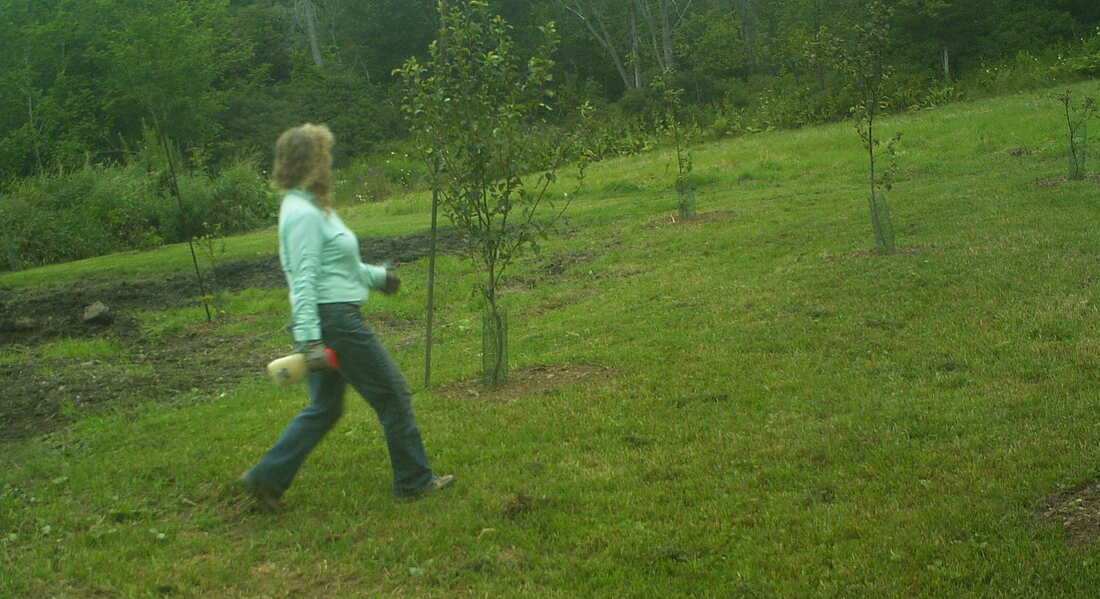
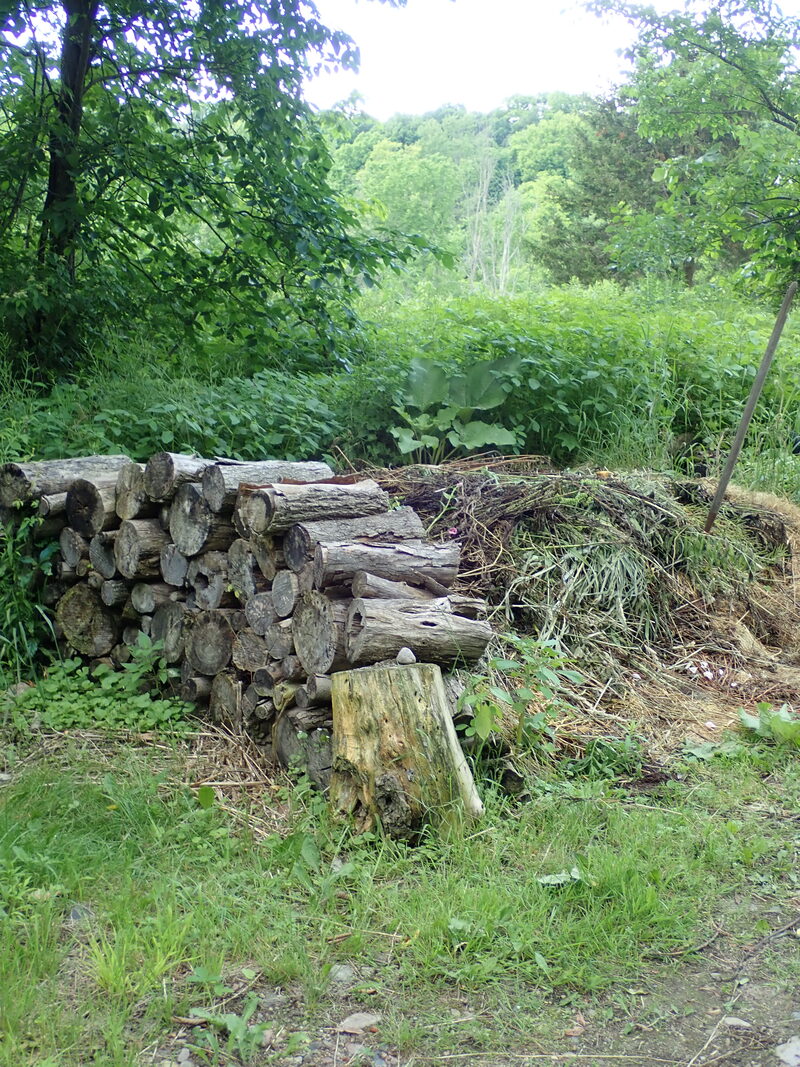
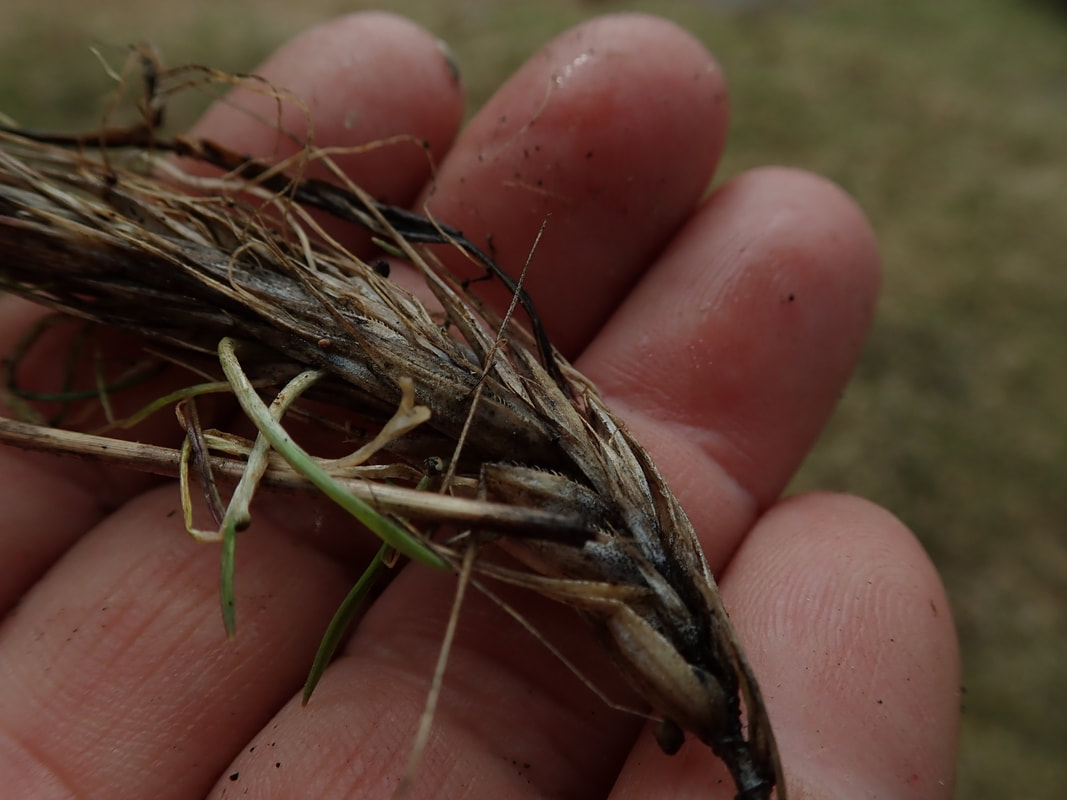
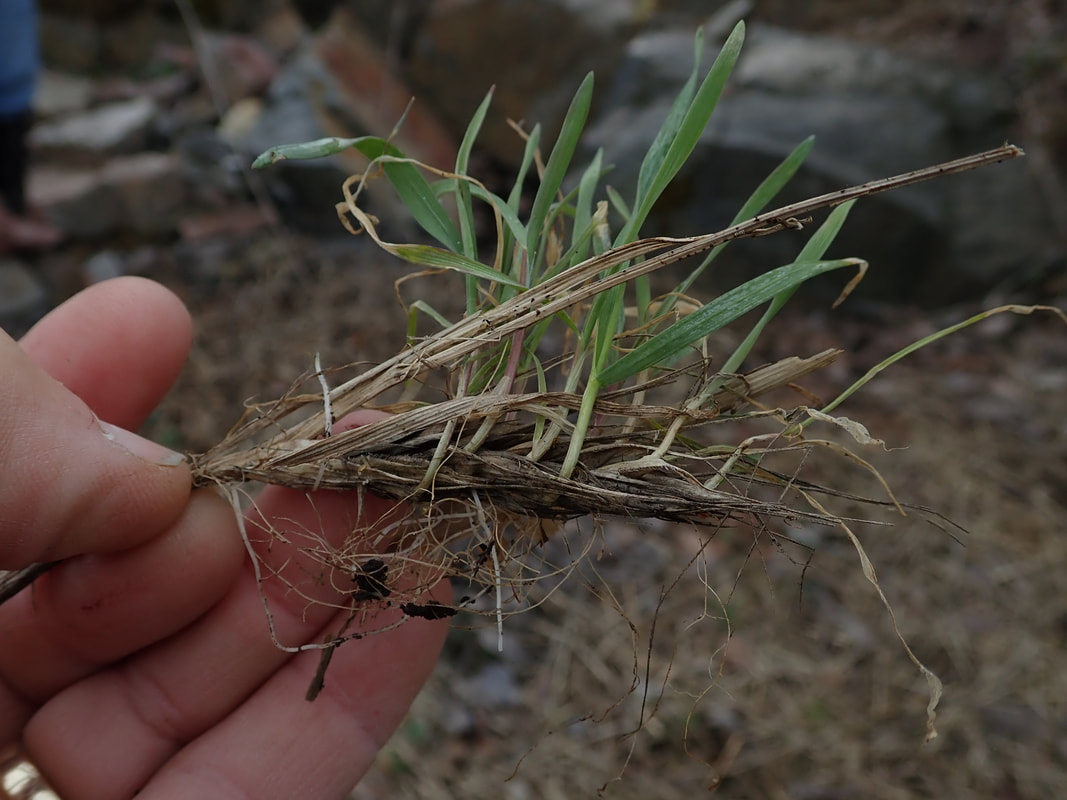
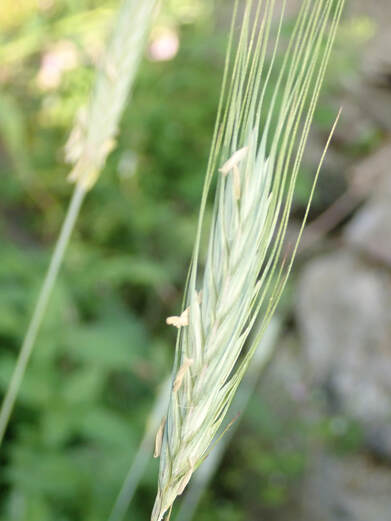


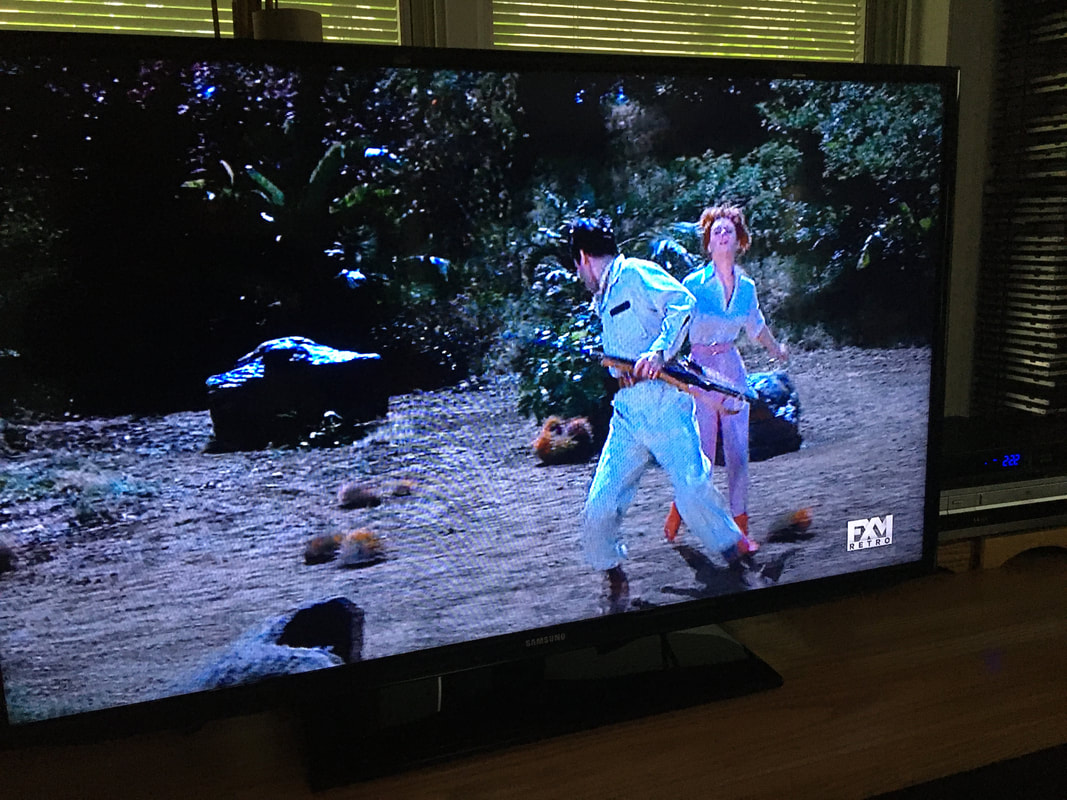



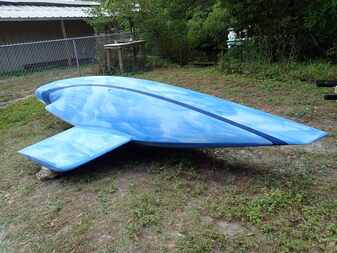
 RSS Feed
RSS Feed
